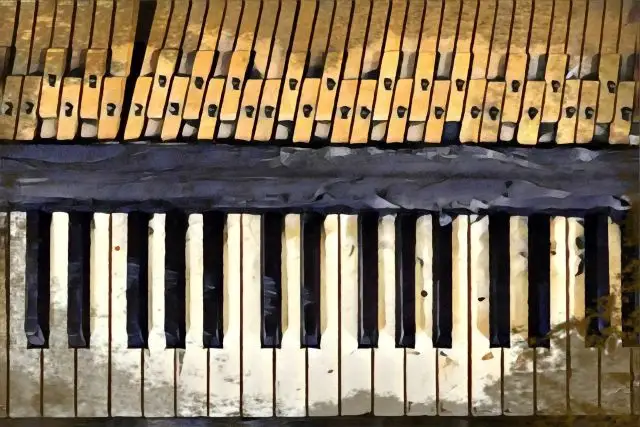If you’re a beginner musician, the term ‘ polychords ’ may leave you quaking in your booties.
But while the theory behind polychords can be somewhat complex, understanding them is actually quite easy once you break things down.
So, shake off your fear ‘cos we’re about to demystify polychords, and show how you can put them to practical use in your own music.
What Are Polychords?
Polychords can be thought of as two or more chords stacked on top of each other.
Here’s a G major chord (G-B-D):
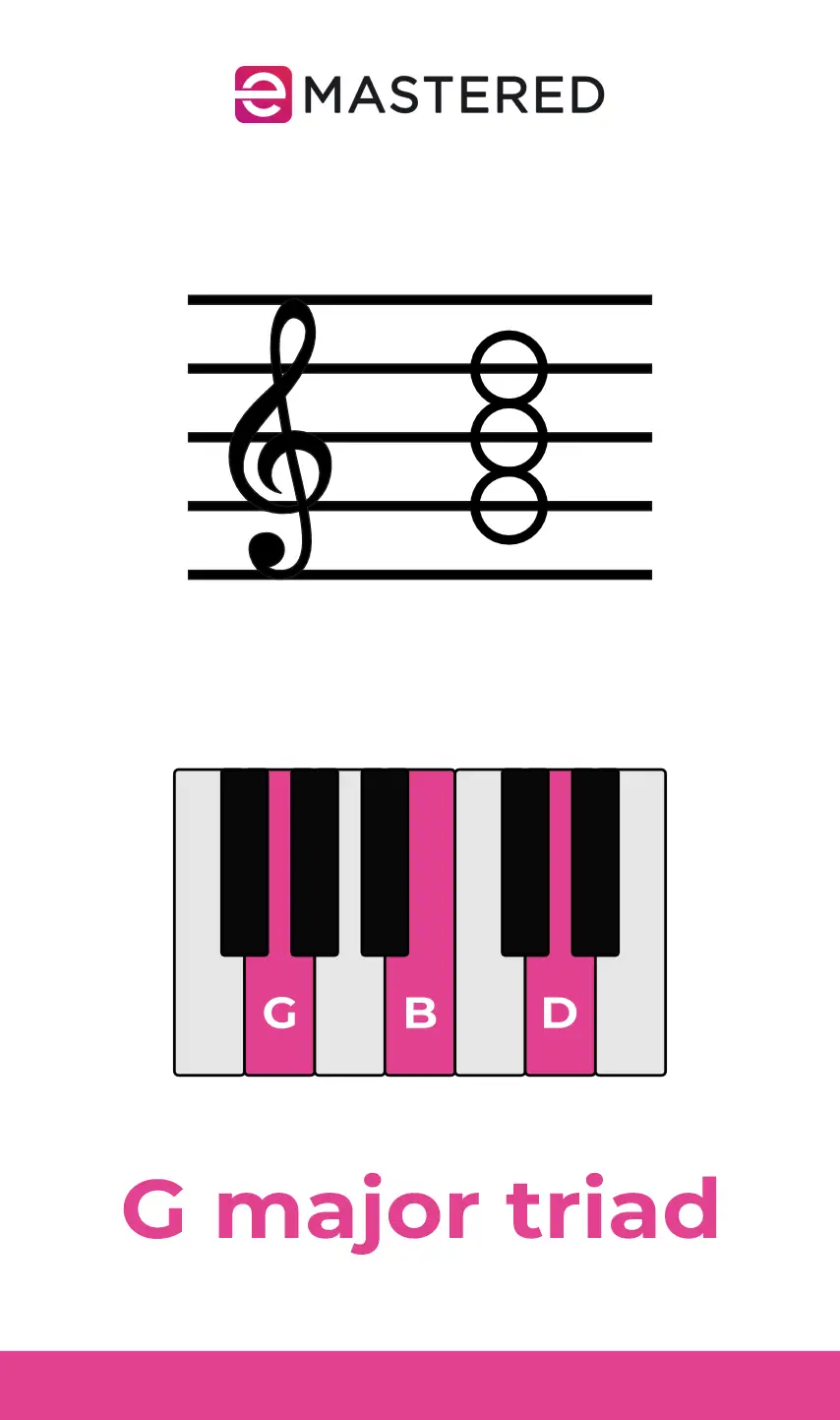
And here’s a C major triad (C-E-G):
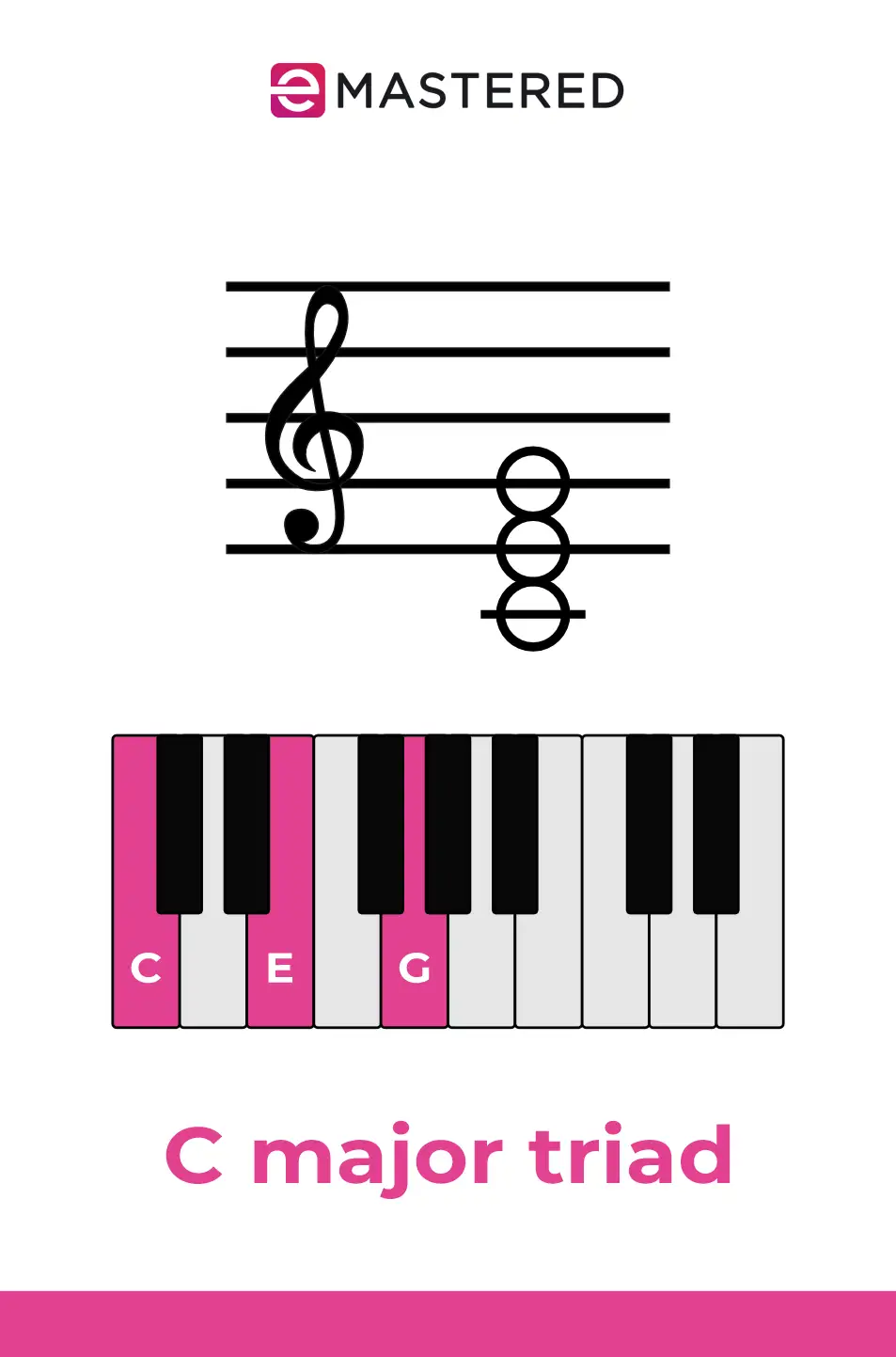
And here’s the two of them stacked on top of each other:
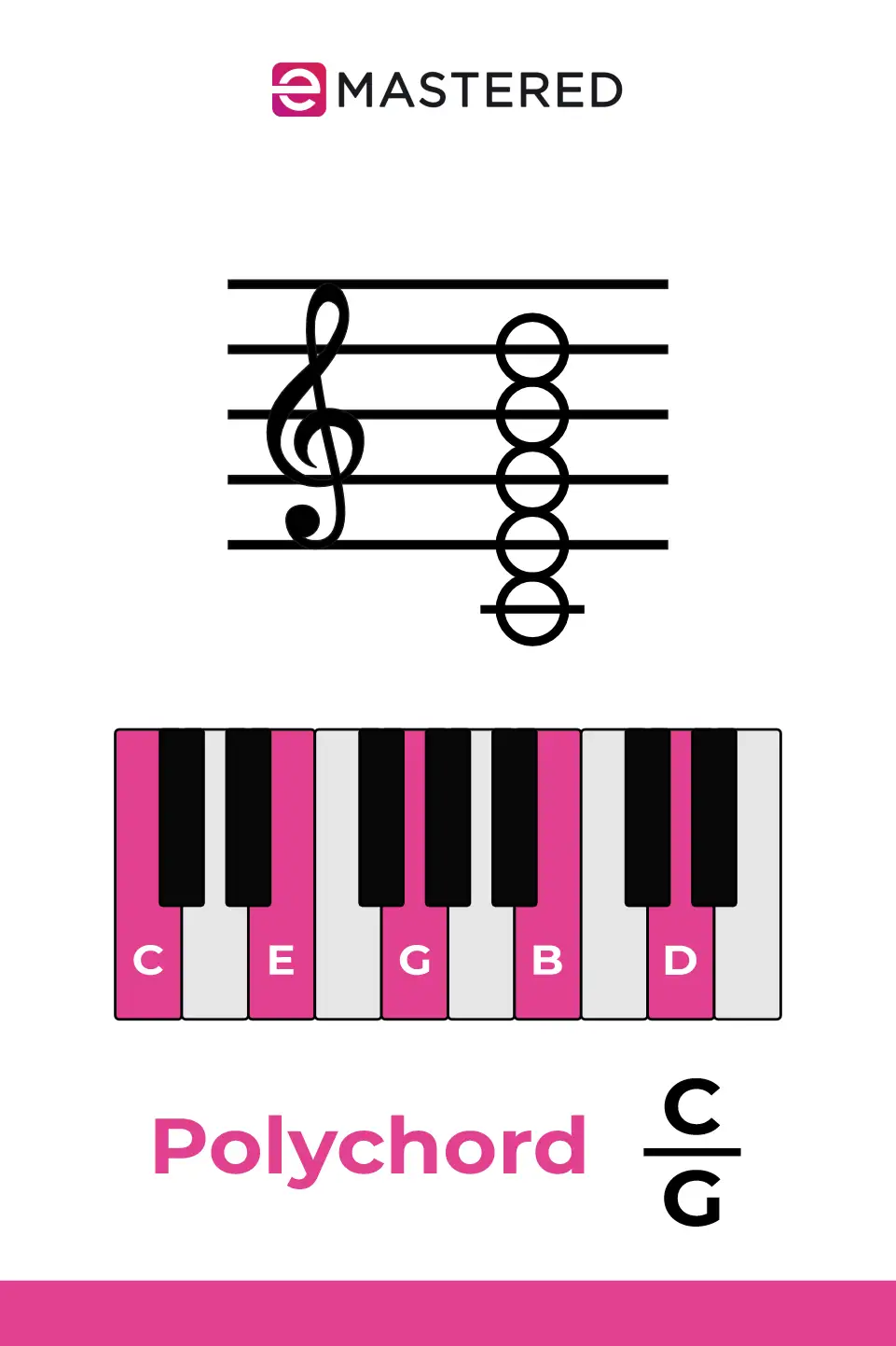
Ladies and gentlemen, I give you a polychord.
Polychords vs Slash Chords
Polychords are similar in function to a slash chord; a chord of two parts, if you will.
The difference is that while slash chords indicate a specific bass note that is different from the root of the chord, polychords add an entire additional chord to the mix.
When notated, slash chords use a diagonal slash, If you were to play a C major chord with the note G in the bass, it would be written like this:
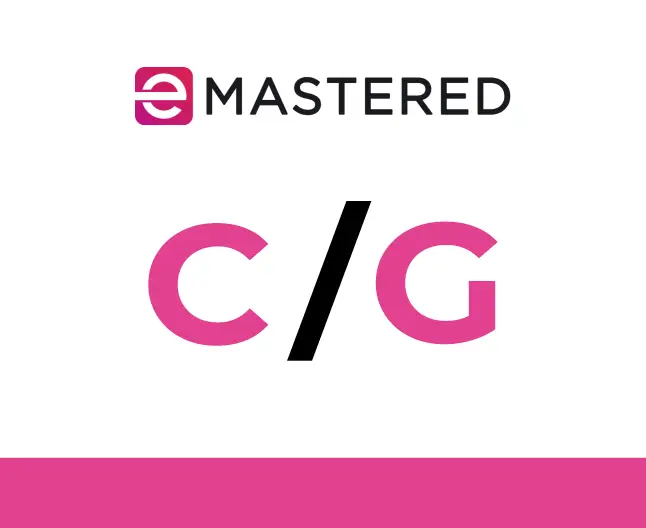
When notating polychords we use a horizontal line, with the chord on the bottom being assigned to a lower register.
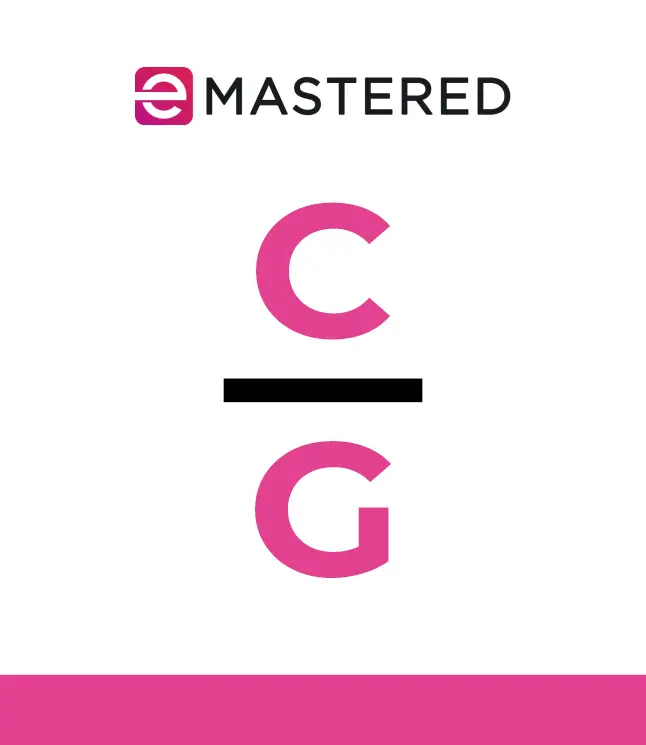
Polychords vs Extended Chords
Those of us who paid attention in music theory lessons may already be familiar with extended chords. For those of us who didn’t, extended chords are basic triads (three note chords) with added tones, for extra flavor.
The following example is particularly fruity: C13(#11):
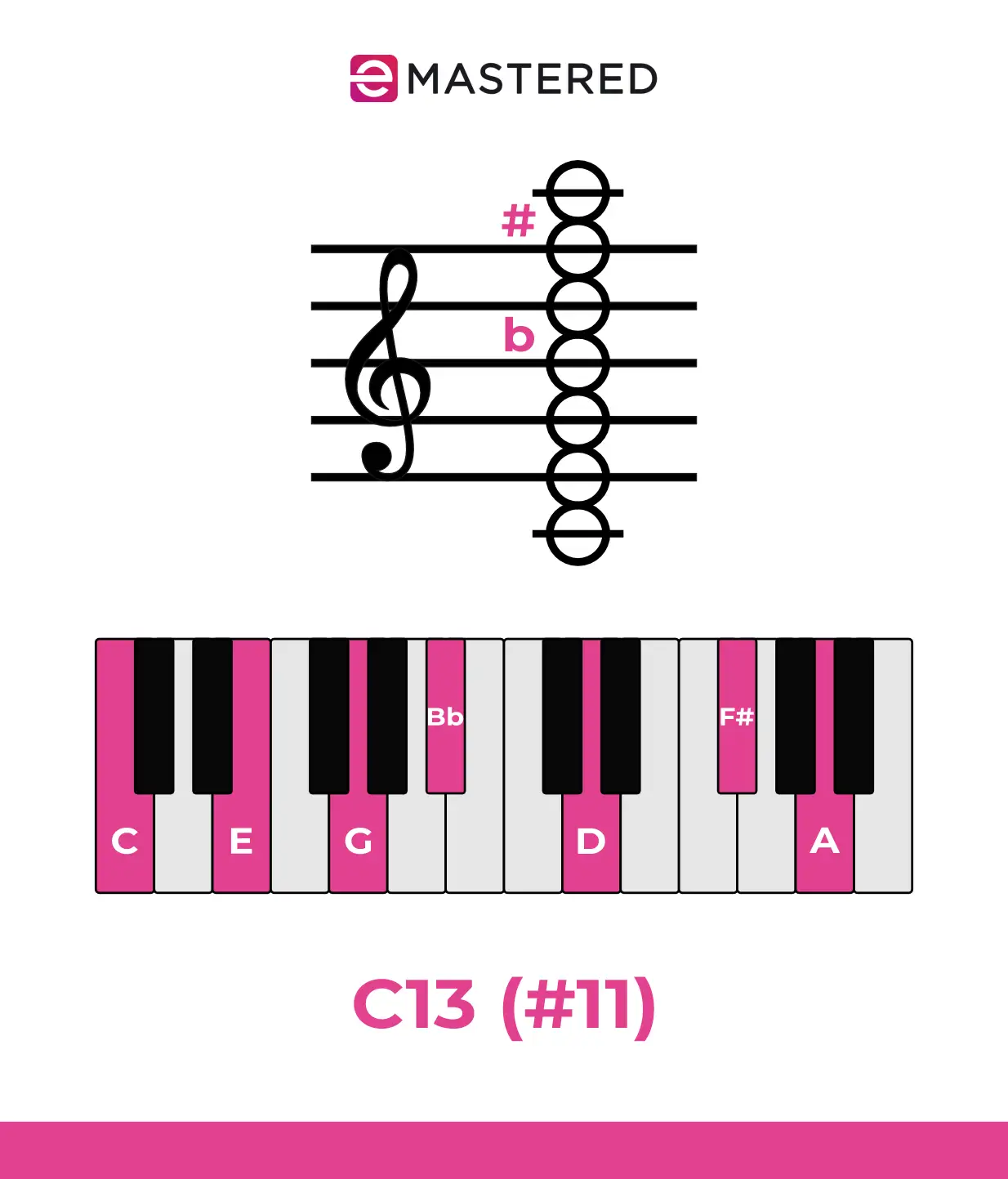
So many notes! So many figures in the chord symbol!
But wait. If we look at this extended chord from the perspective of a polychord - i.e. two separate chords - things begin to look a lot clearer.
The top chord, played by the right hand, is a D major triad (D-F#-A). On the bottom is a regular ol' seventh chord - C7 (C-E-G-Bb).
So polychords can be an alternative, and sometimes, a simpler way of expressing the complex chords often favored by jazz musicians.
Polychords and Polytonality
Polychords are more than just another way to express triads with upper extensions though. As you move further away from the home tonality (the bottom chord) things start to get crazy. Or dissonant, to use a musically correct term.
Here's an example of a polychord with C played in the left hand (C-E-G), with a B (B-D#-F#) as the other chord. Written like this:
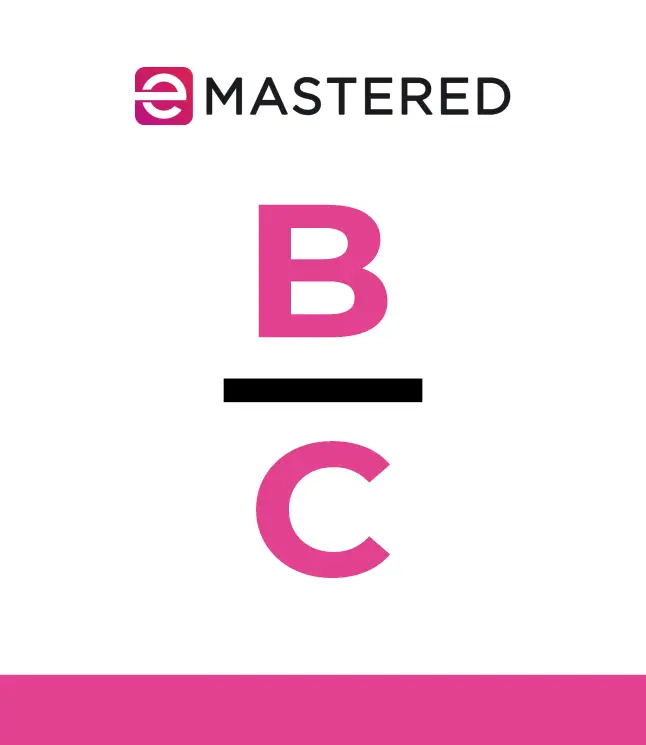
It sounds like this:
Spooky.
Add a diminished or augmented triad to a basic chord and things get even more bonkers.
The key take away is that with some polychords, you begin straddling multiple tonalities at the same time.
How to Play Polychords
If you’re a drummer (or a member of Nickelback) you can sit this part out...
Bass
Bass players form the harmonic foundation of music, and as such need to only focus on one chord - the bottom one. You can decorate things with notes from the entire polychord, but be sure to highlight the home tonality on accented notes.
For example, if it’s something like an E major chord under a D minor triad (E|Dm), you’ll want to anchor things with the E.
Guitar
Some guitar players just don’t bother with polychords because of the complexities involved with playing them.
While it’s true that it’s harder on a guitar to map out the type of chromaticism a polychord may give you, there are some workarounds to this problem:
- Use open strings whenever you can.
- Barre any notes that fall on the same fret.
- Sometimes a stacked polychord is just too tricky to play. In these cases, see if you can place some notes from the chord in a different octave.
Piano
Piano players have it the easiest. Play the bottom chord with your left hand, and the top chord with your right. Experiment with different inversions of the top chord and see what sounds good to you.
How to Use Polychords in Your Music
Polychords are great for adding complexity and depth to music - whether it's your own piece, or jamming over a favorite song.
Songwriting
If your chord progression feels a little stale, consider throwing in a polychord (or two) to add some new harmonic layers to your sound.
Take a single chord at the end of a chorus and make it two chords stacked on top of each other for added impact. For example, instead of ending on a simple F major triad, make it F|C for a bigger, lusher sound.
You can also use a polychord to create tension (B|G), or atmospheric landscapes (Gm7|Dm).
Producing
When producing, try arranging a polychord over multiple instruments, with each instrument taking only one or two notes, to give each part clarity.
Playing
If you’re a musician who does actual practice (as you should), try introducing polychords to your favorite jam tune. The trick here is to start off with simple ones that are close to home harmonically speaking.
For instance, if the original song uses a C major chord, try making it into a polychord by noodling with a G major arpeggio over the top.
Now you know: there is no need to fear the polychord. Encourage your fingers to experiment with them, study how other composers use them in their music, and maketh the music!


